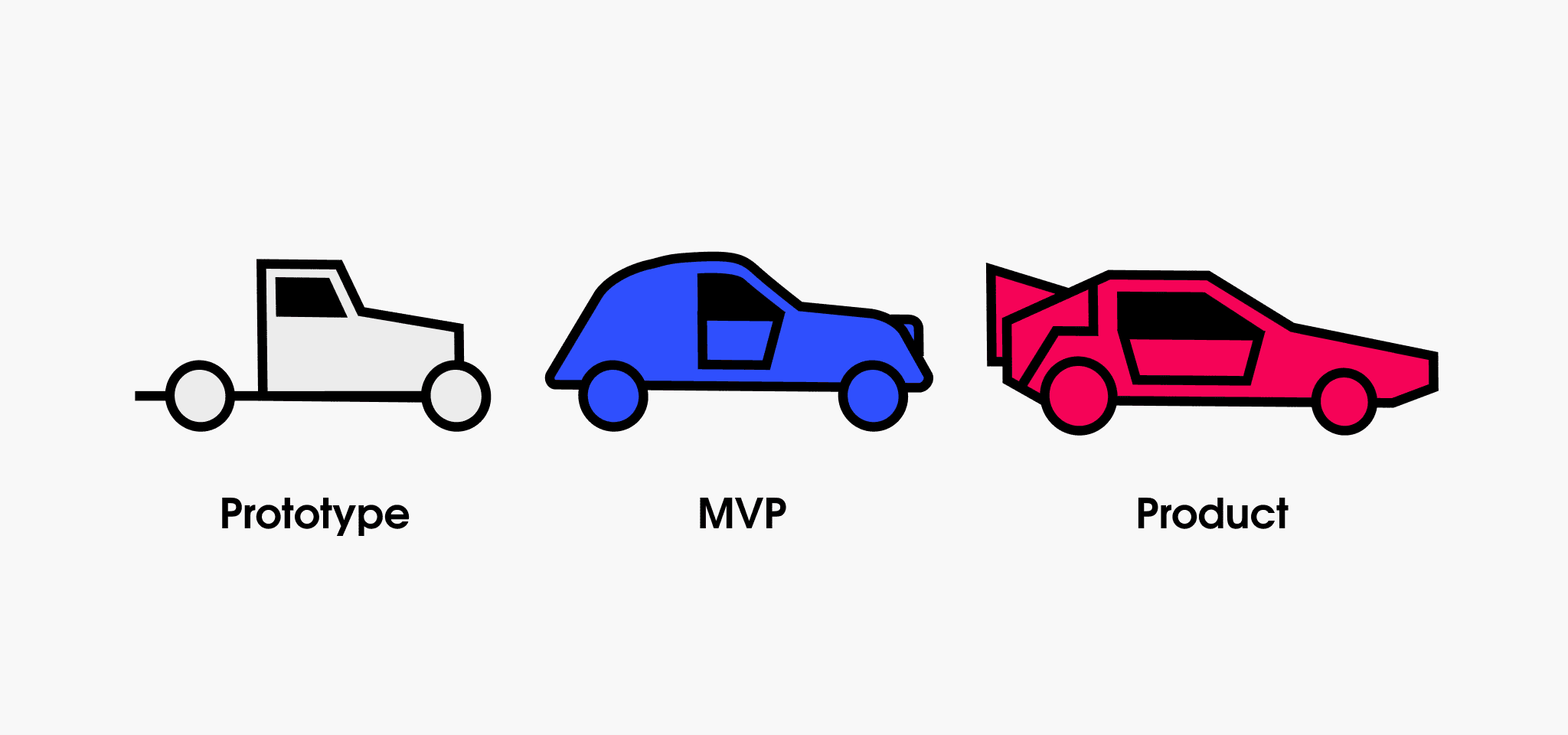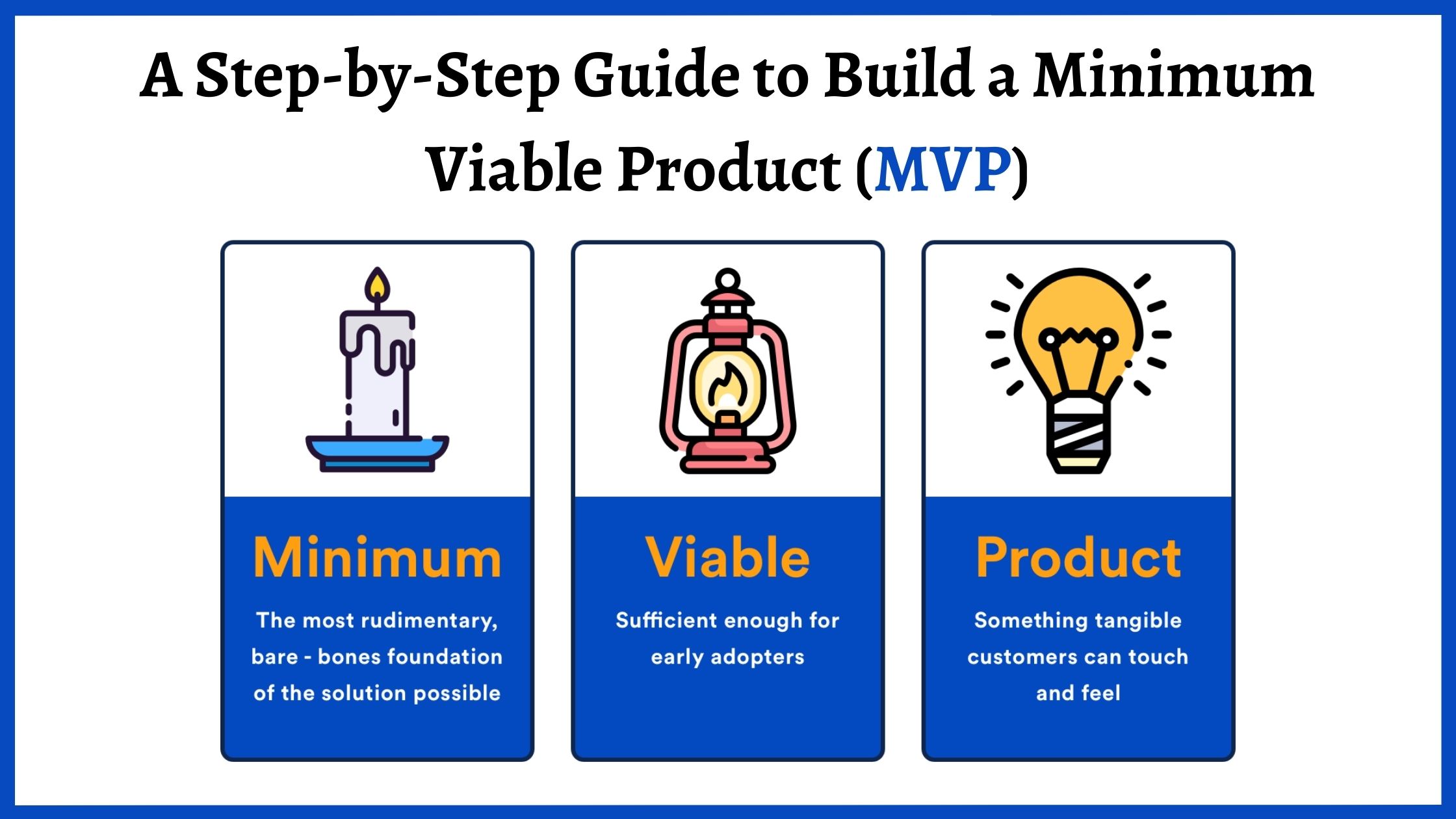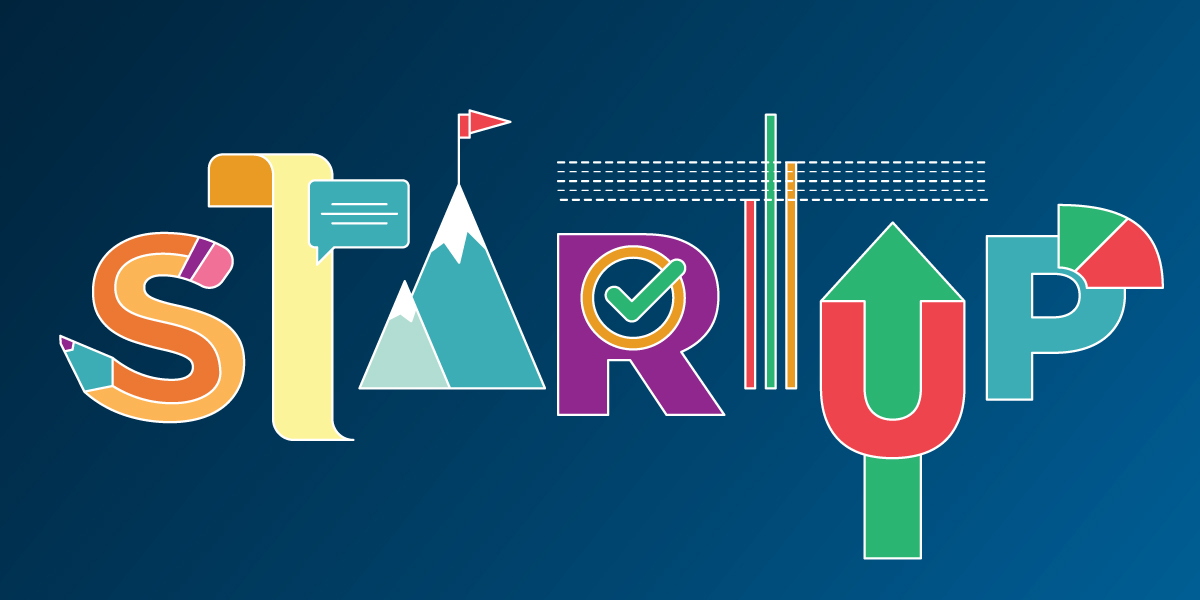Building an MVP on a Budget: The Lean Guide to Minimum Viable Product Development
Master the art of building an MVP with limited resources. Learn proven strategies for minimum viable product development that maximize impact while minimizing costs.

Introduction: The Resource-Smart Way to Build an MVP
In a world where startup capital is getting tighter and competition is fiercer than ever, knowing how to build a minimum viable product efficiently isn't just helpful - it's essential for survival. Let's dive into how you can create an MVP that packs a punch without breaking the bank.
The Lean MVP Development Framework
Resource Optimization Principles
When you're looking to build a minimum viable product, every dollar and hour counts. Here's how to make them work harder:
-
Time Management
- Sprint planning
- Resource allocation
- Milestone tracking
-
Budget Control
- Cost monitoring
- Resource prioritization
- ROI tracking
Strategic Planning for MVP Builds
Defining Your Minimum Viable Core
Before diving into development, answer these crucial questions:
- What problem does your product solve?
- Who are your early adopters?
- What features are absolutely essential?
Create a feature priority matrix:
| Feature Type | Priority | Resource Impact |
|---|---|---|
| Must-Have | High | 40% of resources |
| Should-Have | Medium | 30% of resources |
| Nice-to-Have | Low | 20% of resources |
| Future | None | 10% planning |
Resource-Efficient Development Approaches
Leveraging Free and Open Source Tools
Smart startups build MVPs using available resources:
-
Development Tools
- GitHub (version control)
- VS Code (coding)
- Postman (API testing)
-
Design Resources
- Figma (UI/UX)
- Canva (graphics)
- Unsplash (images)
MVP Cost Optimization Strategies
Smart Budgeting for Startups
Building an MVP doesn't require venture capital if you're smart about it:
Development Costs
- Use freelancers strategically
- Leverage no-code tools
- Implement agile methodology
Infrastructure Costs
- Cloud services free tiers
- Serverless architecture
- Containerization
Minimum Viable Product Services Selection
Choosing the Right Development Partner
When selecting minimum viable product services:
-
Evaluation Criteria
- Technical expertise
- Cost structure
- Timeline commitments
- Communication style
-
Red Flags
- Unclear pricing
- No previous MVPs
- Poor communication
- Lack of process
Time-Saving Development Techniques
Rapid Prototyping Methods
Speed up your MVP builds with:
- Component libraries
- Template systems
- API-first development
- Automated testing
Quality Assurance on a Budget
Essential Testing Strategies
Maintain quality while building an MVP:
-
User Testing
- Guerrilla testing
- Beta programs
- A/B testing
-
Technical Testing
- Automated tests
- Performance monitoring
- Security scans
Market Validation Techniques
Getting Maximum Feedback with Minimum Investment
Validate your minimum viable product:
- Landing pages
- Email campaigns
- Social media testing
- Community engagement
MVP Launch Optimization
Maximizing Impact with Limited Resources
Launch strategies for your MVP:
-
Pre-launch
- Waitlist building
- Early access programs
- Influencer outreach
-
Launch
- Phased rollout
- Feature flagging
- User onboarding
Scaling Considerations
Planning for Growth While Building MVP
Future-proof your development:
- Architecture choices
- Database selection
- API design
- Infrastructure planning
Resource Management Tools
Essential Software for MVP Development
Tools to help build a minimum viable product:
-
Project Management
- Trello
- Asana
- ClickUp
-
Development
- GitHub
- GitLab
- Bitbucket
Documentation and Knowledge Management
Efficient Documentation Practices
Keep track while building an MVP:
- Code documentation
- API documentation
- User guides
- Technical specs
Legal and Compliance on a Budget
Essential Legal Considerations
Protect your MVP without breaking the bank:
- Terms of service
- Privacy policy
- Data protection
- IP protection
Performance Optimization
Making Your MVP Fast and Efficient
Optimize with limited resources:
- Code optimization
- Asset management
- Caching strategies
- Load balancing
FAQs About Resource-Efficient MVP Development
Q: What's the minimum budget needed to build an MVP? A: A basic MVP can be built for as little as $5,000-$15,000 using no-code tools and lean methodologies.
Q: How can I reduce MVP development costs? A: Use no-code platforms, leverage open-source tools, and focus on core features only.
Q: What's the fastest way to build an MVP? A: Use no-code platforms and pre-built components while focusing on one core feature.
Q: Should I hire freelancers or an agency for MVP development? A: Freelancers are often more cost-effective for MVPs, but require more management time.
Q: How do I know if my MVP is good enough to launch? A: Your MVP is ready when it solves the core problem for early adopters effectively.
Q: What are the most common resource-wasting mistakes in MVP development? A: Over-engineering, premature optimization, and adding unnecessary features.
Conclusion: Building Smart, Not Expensive
Creating a successful MVP isn't about having the biggest budget or the most resources - it's about using what you have effectively. Remember:
- Focus on core features
- Use available tools
- Test with real users
- Iterate based on feedback
- Scale gradually
Whether you're using minimum viable product services or building in-house, the key is to stay lean and focused. Your MVP's success depends on solving a real problem effectively, not on how much you spent building it.
Start with the minimum, validate quickly, and grow based on real user needs. That's the smart way to build a minimum viable product in today's competitive landscape.




